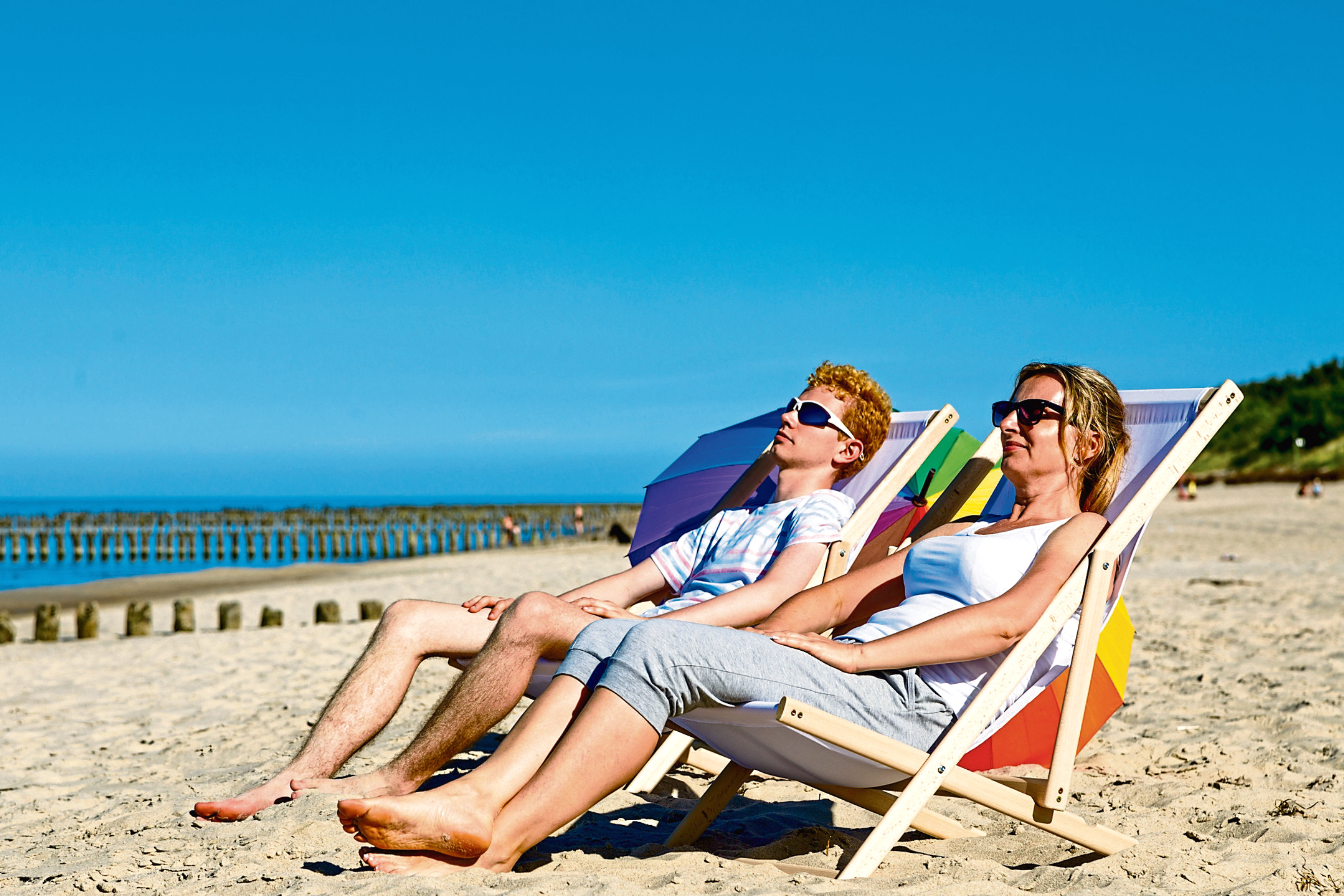
FROM our sleep cycles to our immune systems, we all depend on it for our very existence.
Now, a new book promises to reveal the extraordinary significance of sunlight.
Author Linda Geddes tells Bill Gibb The Honest Truth about how the sun shapes our lives
When was sunlight’s health benefits recognised?
Almost 4,000 years ago the Babylonian king Hammurabi was advising his priests to use sunlight to treat illnesses, while similar beliefs were also held in ancient Egypt, India, Greece and Rome. An Egyptian medical document dating to around 1550BC advised exposing painful body parts to sunlight, while the ancient Greek doctor Hippocrates recommended sunlight for the restoration of health. Ironically, Hippocrates was also the first doctor to describe the deadly skin cancer melanoma, which results from too much sun exposure.
What are some of the health benefits?
Most people are aware that sunlight enables us to make vitamin D which is necessary for healthy bones and teeth, but it is also used by immune cells to fight infections and keep us healthy. Increasingly, scientists are discovering that sunlight tweaks the activity of immune cells living in our skin.
Sunlight also prompts the release of a chemical called nitric oxide in our skin, which can cause the blood vessels to dilate and our blood pressure to drop.
How does our body change from day to night?
Most of our bodily processes display 24-hour fluctuations in their activity, called circadian rhythms. The most obvious of these is the 24-hour cycle of sleep and alertness, but they also control the release of various hormones, our body temperature, and even our mood. For instance, our body temperature is lowest at around 4.30am, which is also when our mental reasoning is at its weakest and when we have the lowest mood.
What about differences in body clocks in different countries?
The timing of our body clocks is largely dictated by the time the sun rises. One reason why Spaniards eat dinner so late is thought to be because 10pm is in fact 7.30pm according to the internal clock, which is dictated by the sun.
Is jet lag linked to sunlight and if so, what actually happens?
When we move to a new time zone, we see light at a different time, and this causes our body clock to shift forwards or backwards. If you fly to the east coast of the USA, which is five time zones behind us, it will take approximately five days to catch up, and during that time we experience jet lag.
What effect does light have on sleep?
Exposure to bright light at night delays our body clock, meaning we feel tired later. It also boosts alertness more directly, again making it harder to fall asleep. A study from 2016 found that people living in areas with elevated levels of light pollution tended to go to bed and wake up later than those living in darker areas. They also slept less, were more tired during the daytime, and less satisfied with the quality of their sleep.
How does life for Amish people differ?
They are a rare example of a community that has no access to electric light. I stayed with an Old Order Amish family in Pennsylvania who went to bed and woke up far earlier than most Americans. They also spend far more of their day outdoors, and had the lowest recorded incidence of seasonal affective disorder. Their pattern of light exposure might help explain why.
What lengths do people go to in order to see the sun?
Rjukan is a small town, several hours’ drive west of Oslo, located in the cleft between two towering mountains. Because of this, its inhabitants spend the entire winter in shadow. One resident got so fed up with the gloom and lethargy he received a grant and today three sun mirrors, each measuring 17m², stand on the mountainside reflecting light down into the town square!
Chasing The Sun, Profile/Wellcome, £14.99

Enjoy the convenience of having The Sunday Post delivered as a digital ePaper straight to your smartphone, tablet or computer.
Subscribe for only £5.49 a month and enjoy all the benefits of the printed paper as a digital replica.
Subscribe